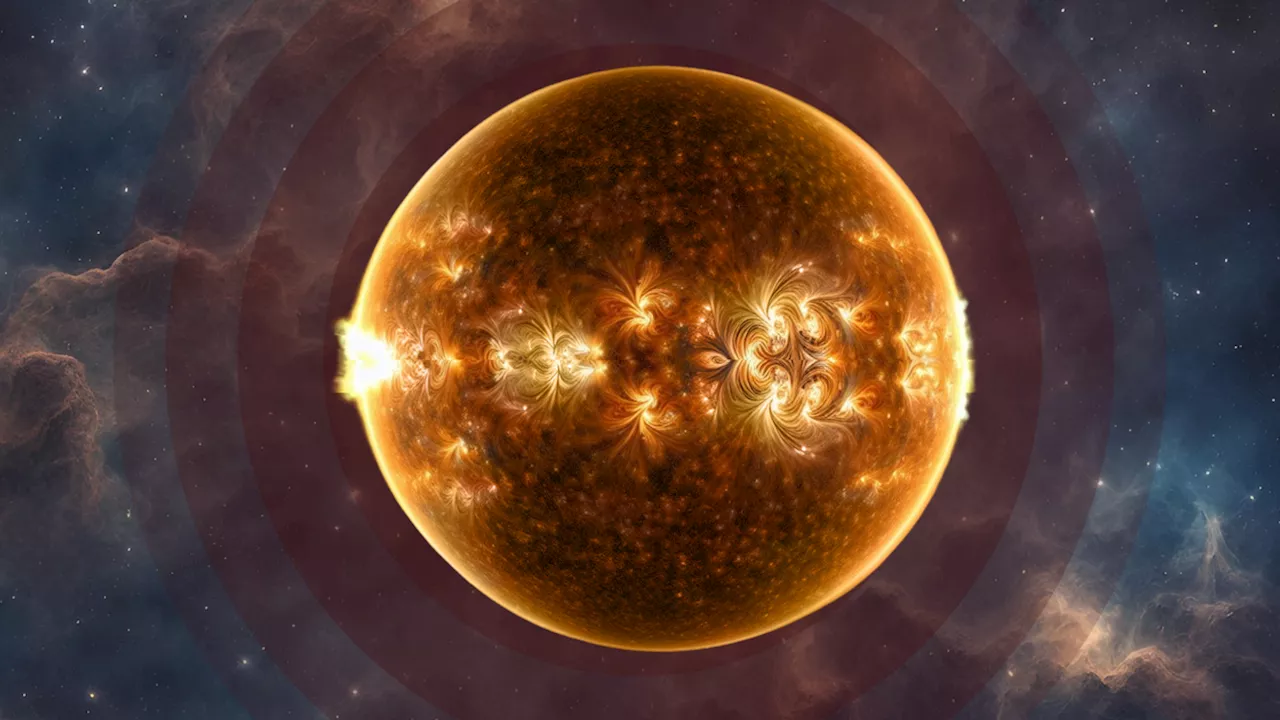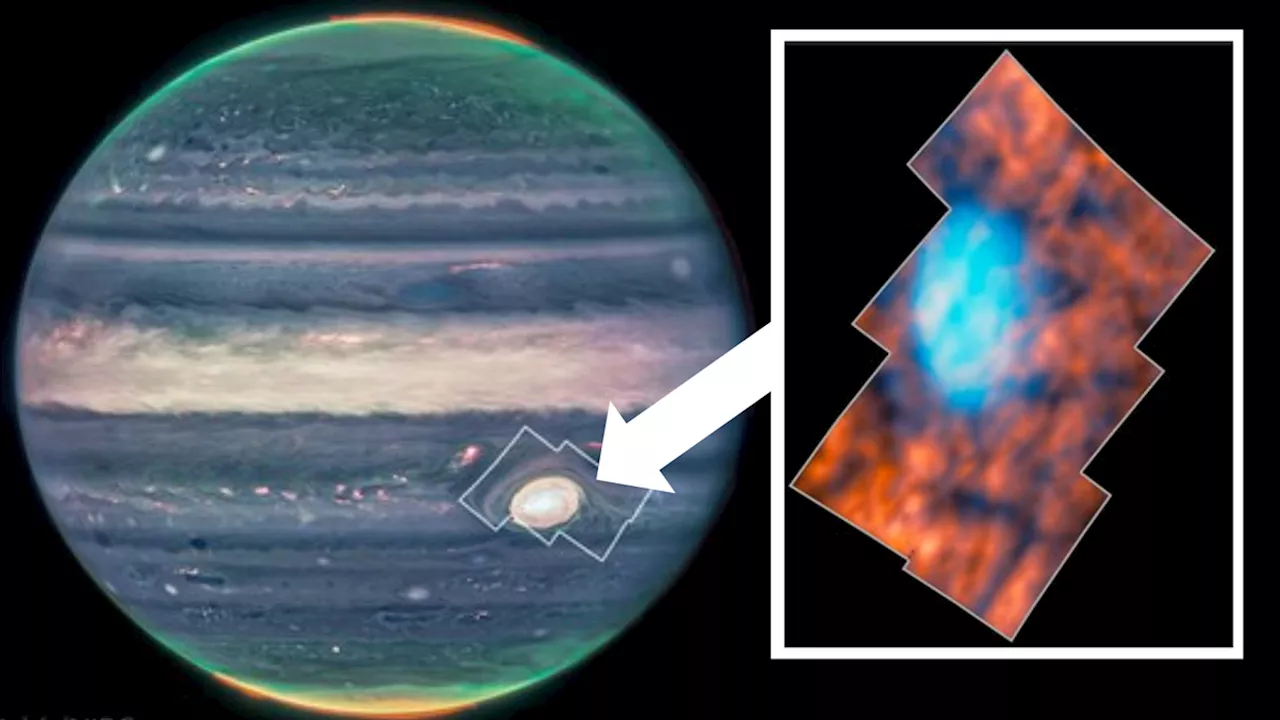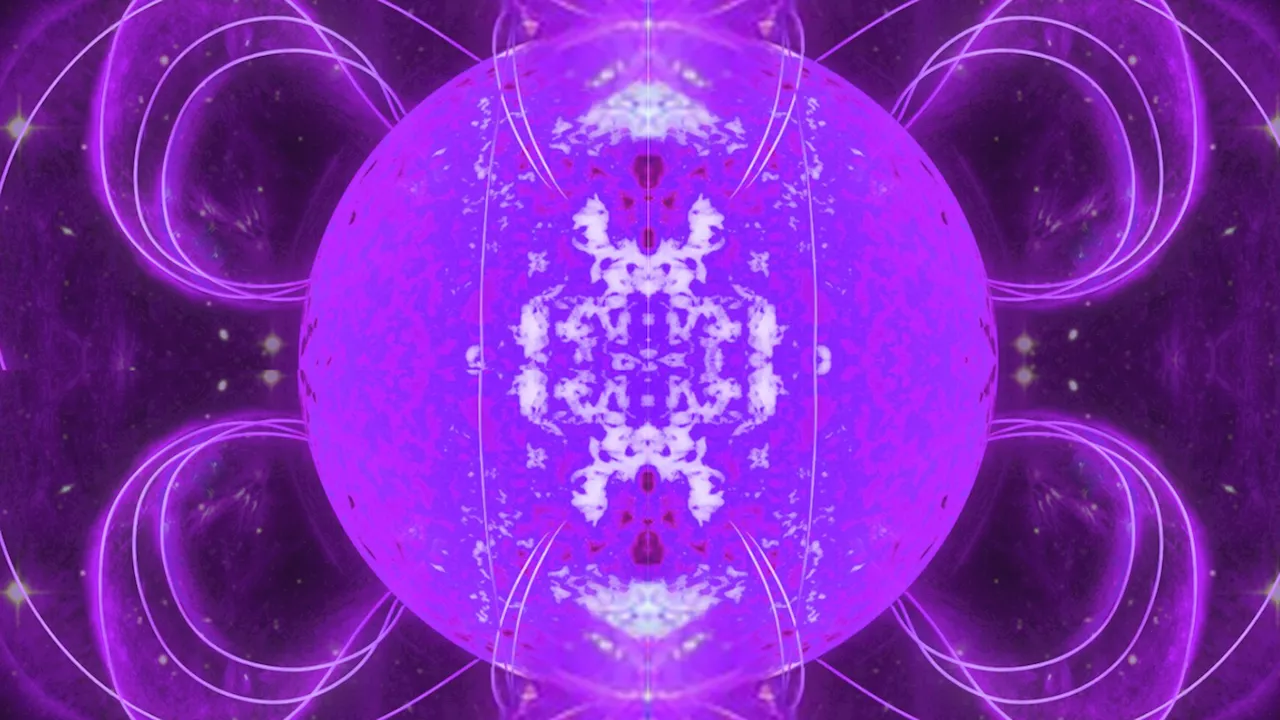Robert Lea is a science journalist in the U.K. whose articles have been published in Physics World, New Scientist, Astronomy Magazine, All About Space, Newsweek and ZME Science. He also writes about science communication for Elsevier and the European Journal of Physics. Rob holds a bachelor of science degree in physics and astronomy from the U.K.
Scientists may have cracked the secret of the still-beating hearts of the universe's most extreme"dead stars," and the explanation is twisted. when it becomes entangled with its neighbors like the arms of a series of cacti in close proximity, creating twisted and complex patterns.
The crushing down of stellar cores is also responsible for the rapid rotation of young neutron stars, with some reaching speeds of up to 700 rotations per second. This is because of the conservation of angular momentum, which is akin to an ice skater on Earth drawing in their arms to increase the speed of their spin.
There are two prevailing mechanisms related to neutron star glitches: starquakes and tiny quantum vortex"avalanches" that form like microscopic hurricanes in the superfluid soup that composes a neutron star's interior. Nitta added that the team's model does not need an additional pinning mechanism. This model only needs to consider a structure consisting of two types of waves rippling through a neutron star's superfluid interior: a"P wave," which is a fast-moving longitudinal wave, and an"S wave," which is a slower-moving transverse wave.
The team suggests that superfluid in neutron stars is divided into two types, which explain how these vortices are born. S-wave superfluids, which dominate the outer core of the neutron star, provide a relatively tame environment that supports the formation of vortices that have whole number, or"integer," spins. However, in the inner core of a neutron star, the team thinks that p-wave superfluidity dominates, creating extreme conditions that favor half-integer spin vortices.
United States Latest News, United States Headlines
Similar News:You can also read news stories similar to this one that we have collected from other news sources.
 The Standard Model explained: A deep dive into modern physicsThe Standard Model is a pillar of modern physics, providing a comprehensive framework for particle physics.
The Standard Model explained: A deep dive into modern physicsThe Standard Model is a pillar of modern physics, providing a comprehensive framework for particle physics.
Read more »
 'Immortal' stars may exist in the heart of the Milky WayRobert Lea is a science journalist in the U.K. whose articles have been published in Physics World, New Scientist, Astronomy Magazine, All About Space, Newsweek and ZME Science. He also writes about science communication for Elsevier and the European Journal of Physics. Rob holds a bachelor of science degree in physics and astronomy from the U.K.
'Immortal' stars may exist in the heart of the Milky WayRobert Lea is a science journalist in the U.K. whose articles have been published in Physics World, New Scientist, Astronomy Magazine, All About Space, Newsweek and ZME Science. He also writes about science communication for Elsevier and the European Journal of Physics. Rob holds a bachelor of science degree in physics and astronomy from the U.K.
Read more »
 Missing Milky Way black holes are bad news for this dark matter theoryRobert Lea is a science journalist in the U.K. whose articles have been published in Physics World, New Scientist, Astronomy Magazine, All About Space, Newsweek and ZME Science. He also writes about science communication for Elsevier and the European Journal of Physics. Rob holds a bachelor of science degree in physics and astronomy from the U.K.
Missing Milky Way black holes are bad news for this dark matter theoryRobert Lea is a science journalist in the U.K. whose articles have been published in Physics World, New Scientist, Astronomy Magazine, All About Space, Newsweek and ZME Science. He also writes about science communication for Elsevier and the European Journal of Physics. Rob holds a bachelor of science degree in physics and astronomy from the U.K.
Read more »
 James Webb Space Telescope spots 'Cosmic Gems' in the extremely early universe (video)Robert Lea is a science journalist in the U.K. whose articles have been published in Physics World, New Scientist, Astronomy Magazine, All About Space, Newsweek and ZME Science. He also writes about science communication for Elsevier and the European Journal of Physics. Rob holds a bachelor of science degree in physics and astronomy from the U.K.
James Webb Space Telescope spots 'Cosmic Gems' in the extremely early universe (video)Robert Lea is a science journalist in the U.K. whose articles have been published in Physics World, New Scientist, Astronomy Magazine, All About Space, Newsweek and ZME Science. He also writes about science communication for Elsevier and the European Journal of Physics. Rob holds a bachelor of science degree in physics and astronomy from the U.K.
Read more »
 See a starburst galaxy, ablaze with explosive star birth, devouring dwarf galaxies (video)Robert Lea is a science journalist in the U.K. whose articles have been published in Physics World, New Scientist, Astronomy Magazine, All About Space, Newsweek and ZME Science. He also writes about science communication for Elsevier and the European Journal of Physics. Rob holds a bachelor of science degree in physics and astronomy from the U.K.
See a starburst galaxy, ablaze with explosive star birth, devouring dwarf galaxies (video)Robert Lea is a science journalist in the U.K. whose articles have been published in Physics World, New Scientist, Astronomy Magazine, All About Space, Newsweek and ZME Science. He also writes about science communication for Elsevier and the European Journal of Physics. Rob holds a bachelor of science degree in physics and astronomy from the U.K.
Read more »
 James Webb Space Telescope spies strange shapes above Jupiter's Great Red Spot (image)Robert Lea is a science journalist in the U.K. whose articles have been published in Physics World, New Scientist, Astronomy Magazine, All About Space, Newsweek and ZME Science. He also writes about science communication for Elsevier and the European Journal of Physics. Rob holds a bachelor of science degree in physics and astronomy from the U.K.
James Webb Space Telescope spies strange shapes above Jupiter's Great Red Spot (image)Robert Lea is a science journalist in the U.K. whose articles have been published in Physics World, New Scientist, Astronomy Magazine, All About Space, Newsweek and ZME Science. He also writes about science communication for Elsevier and the European Journal of Physics. Rob holds a bachelor of science degree in physics and astronomy from the U.K.
Read more »
